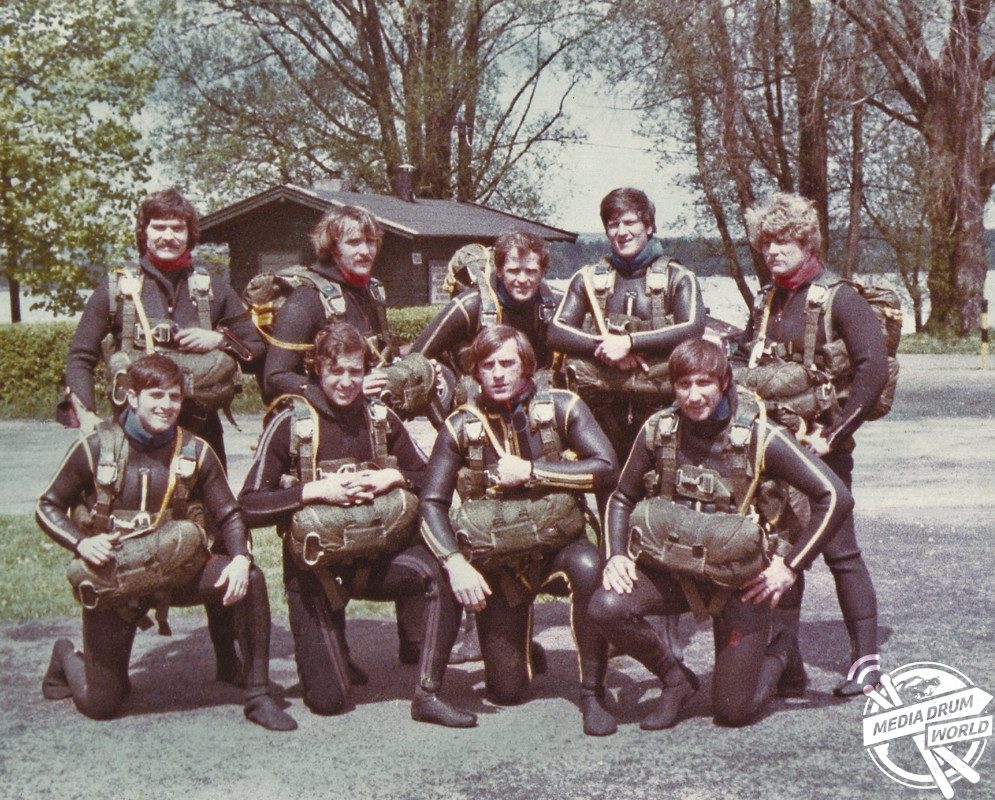
By Mark McConville
THE SECRET exploits of the men stationed in Berlin to sabotage the Soviet Union from within had the Cold War turned hot have been revealed for the first time.
Incredible images show the men from the clandestine Special Forces Berlin unit, which the USA only revealed existed in 2014, on training exercises and meeting up in casual wear.

Other shots show the graffiti-clad Berlin Wall with Soviet soldiers patrolling along the top, tunnels and sewers the Special forces used and various identity cards the undercover soldiers used.

The never-before published pictures have been included in a new book, Special Forces Berlin, which details the clandestine Cold War operations of the US Army’s Elite between 1956 and 1990.
The book is written by ex-soldier James Stejskal who served with the Berlin unit in the 1970s and 1980s for a total of eleven years. It is published by Casemate.

“The wartime mission was 1) cause havoc behind the enemy’s lines through the sabotage of critical infrastructure and 2) report enemy movements by HF Radio, so that the US Air Force could hit them as they moved forward and to let the US Commander know what was unfolding at his front,” he said.
“The Commander in Chief’s order was “Buy Me Time!” In the early 1970s the unit received an additional mission: Counterterrorism, making it the first US military unit to be so designated.”
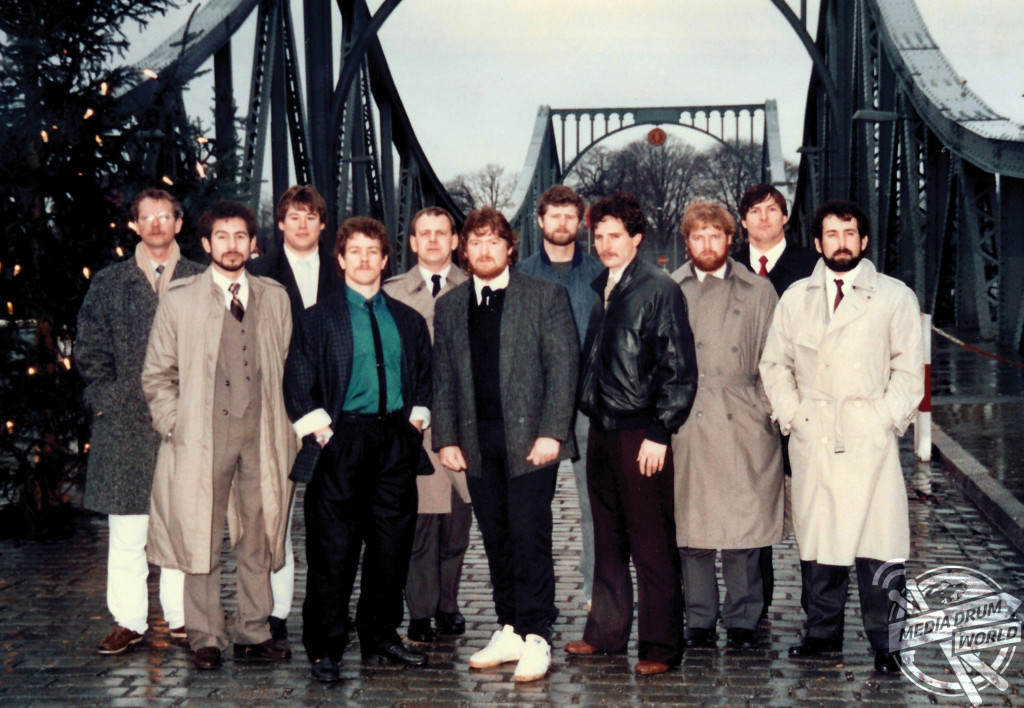
In order to remain undiscovered, the soldiers had to blend into the local population by learning the German language and culture and copying the fashions of the time.
The unit was trained to go to war within two hours’ notice and came extremely close to being called into actions on numerous occasions, most notably when the Berlin Wall went up.

“In 1961 when the Wall went up, the unit was placed on full alert. There were several other occasions throughout the years when incidents happened elsewhere (Cuban missile crisis, Gary Powers being shot down, Arab Israeli wars, and several others still classified) that the unit went on full alert,” said Mr Stejskal.
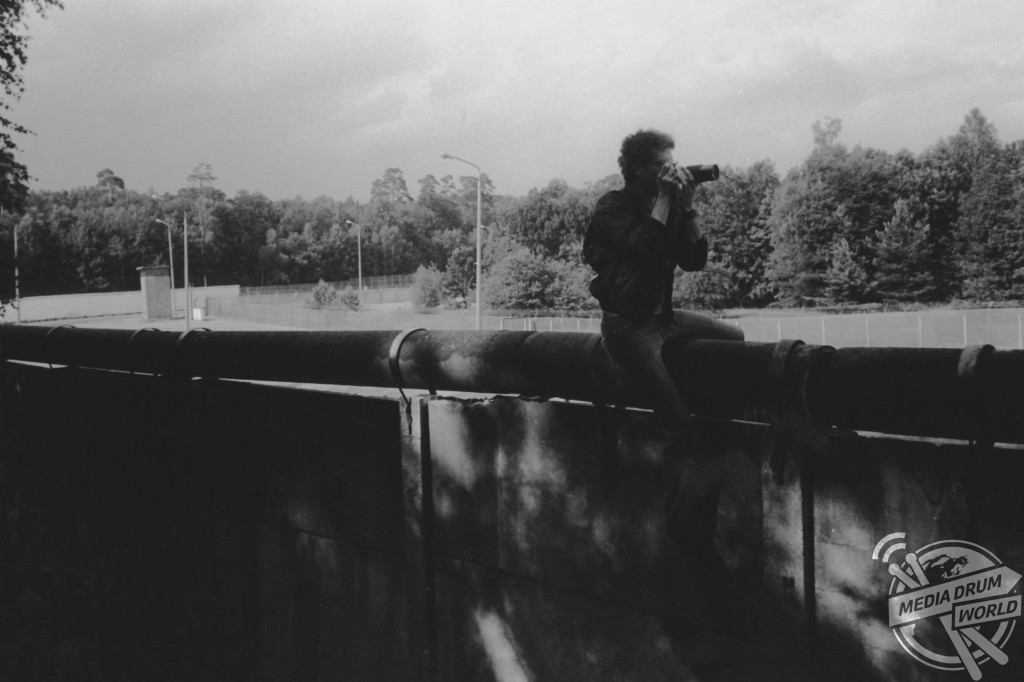
“The unit would not have waited for the first shot to be fired. It was prepared to go when the Commander of US Forces in Europe said so – even before actual hostilities.
“If the unit had been called into action six teams would have immediately moved out into the city and then the surrounding countryside to attack targets that would slow the Soviet and other Warsaw pact countries moving forward.
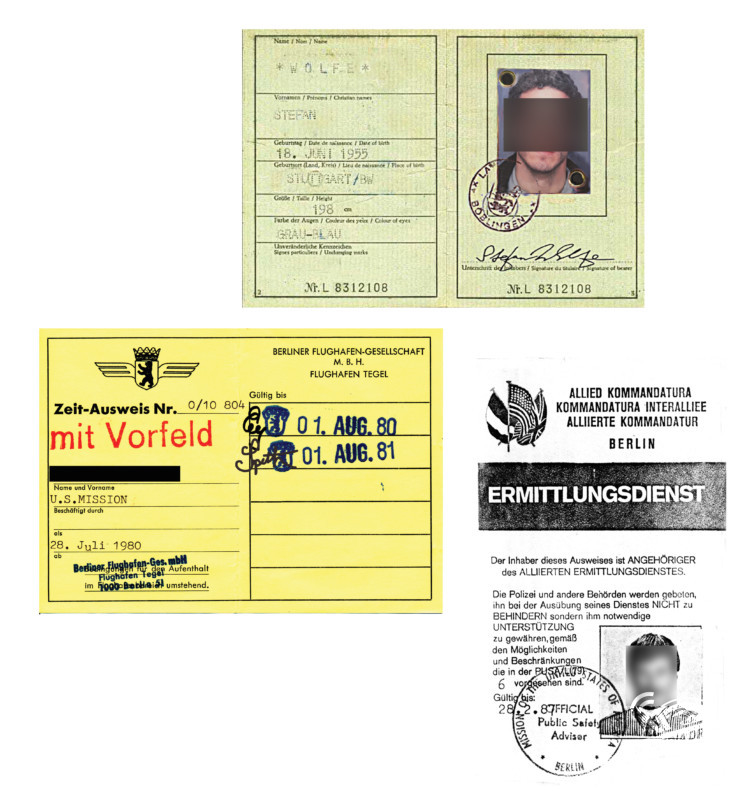
“These would have included critical bridges, railway junctions, power and fuel depots, and command and control headquarters. Some men would have remained behind to destroy infrastructure in the city of Berlin that was needed to keep things running – thus making it difficult for the Russians and East Germans to control West Berlin.”
Men spent anywhere from two to five years at a time living in Berlin and preparing for the mission.
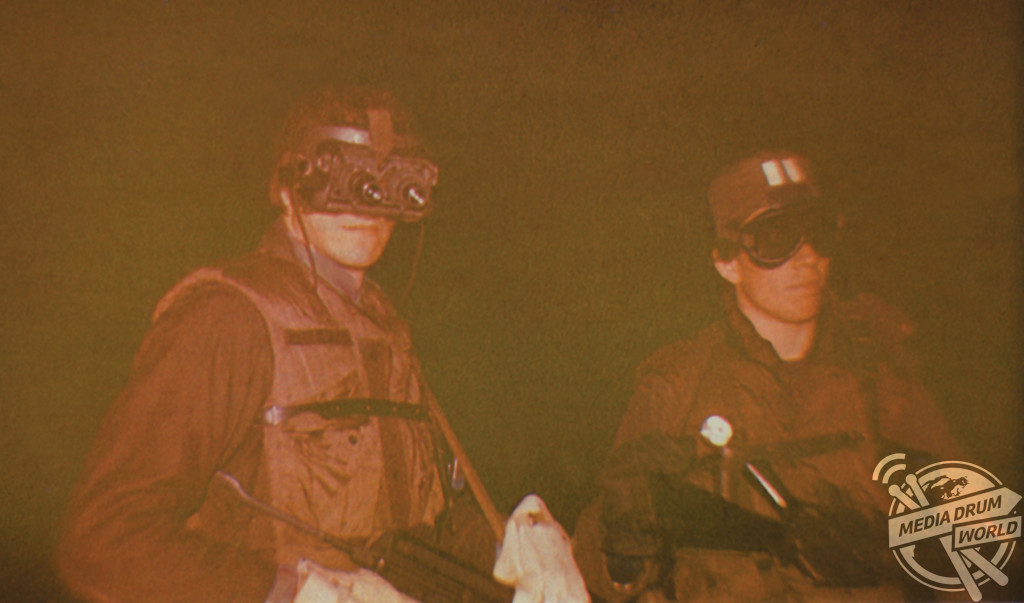
Special Forces Berlin was also on the first Iran Rescue mission in 1980 and would have gone on the second before it was cancelled by President Ronald Reagan’s election.
Mr Stejskla explained how much damage the unit would have done behind the Iron Curtain to slow the Soviets down.
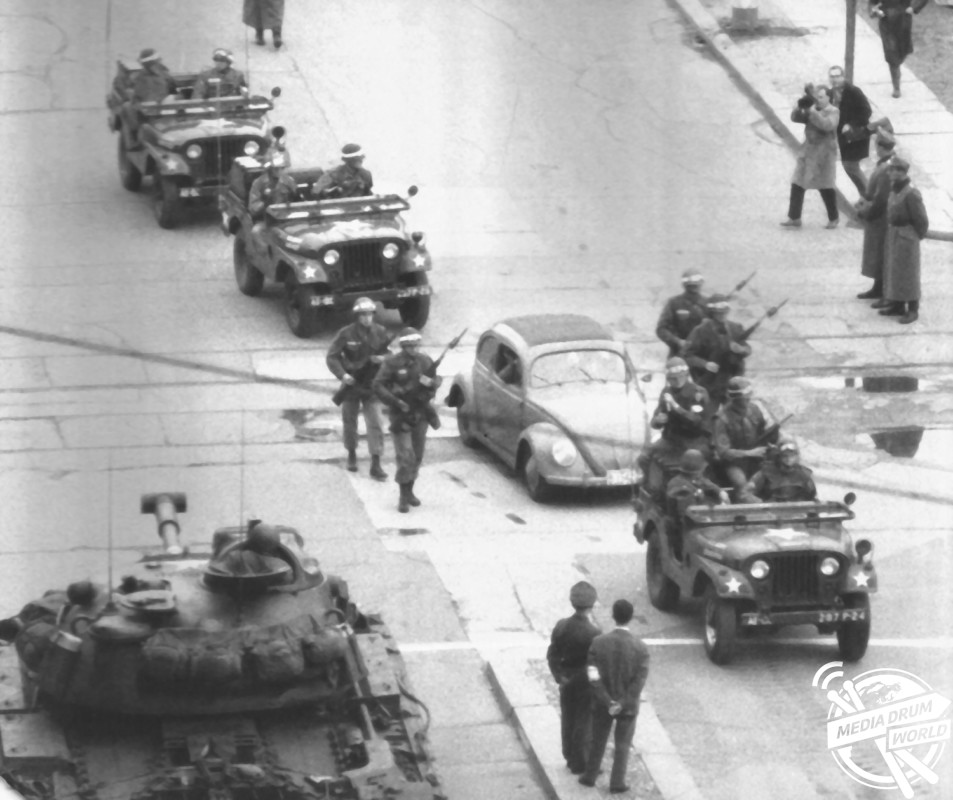
“The preparation was constant – planning, training, exercising, and running operations. Not everything was in direct confrontation with the Russians or East Germans,” he said.
“There were clandestine operations that remain classified. We had very good intelligence on what we had to strike.

“We had the materials to do the mission prepared and placed where we could get to it without delay. We knew the best way to get to the target and crucially how to survive on the battlefield when war came.

“The unit was closed when we achieved “peace” with the Soviet Union / Russia, leaving little unconventional warfare capability in the US Army. That is changing and the legacy the unit left is being revived.”
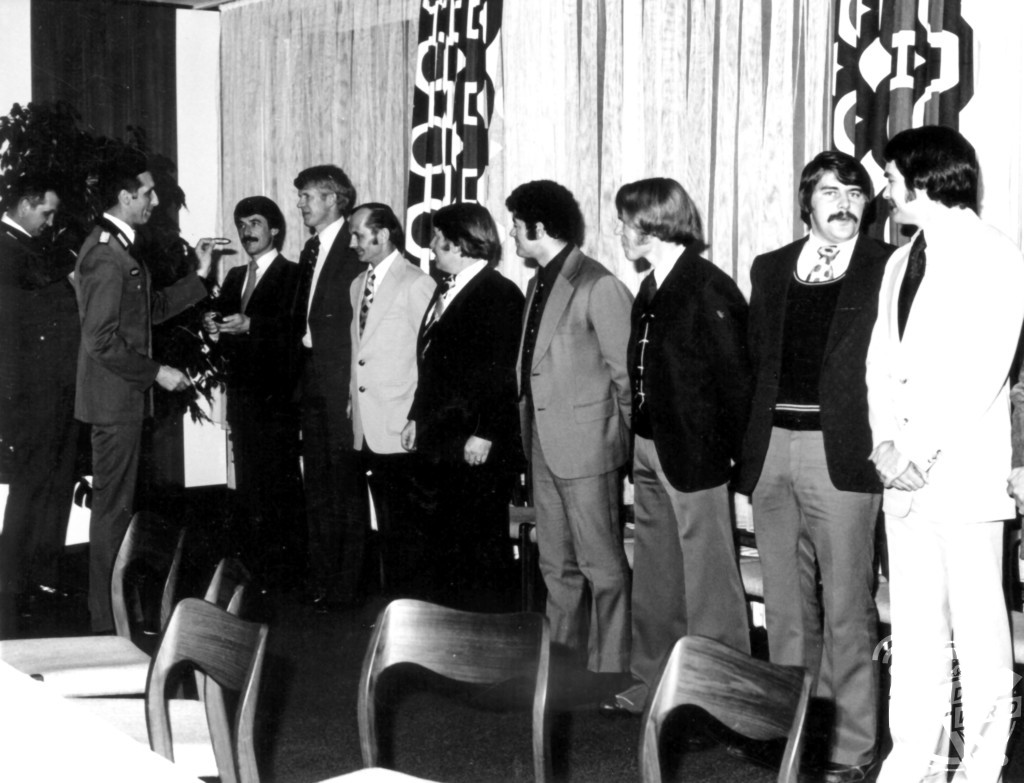
James Stejskla served for twenty-three years with Special Forces, including two tours of Berlin, retiring as a Chief Warrant Officer 4. He then served with the CIA as a senior Operation Office in Africa, Europe and Asia.
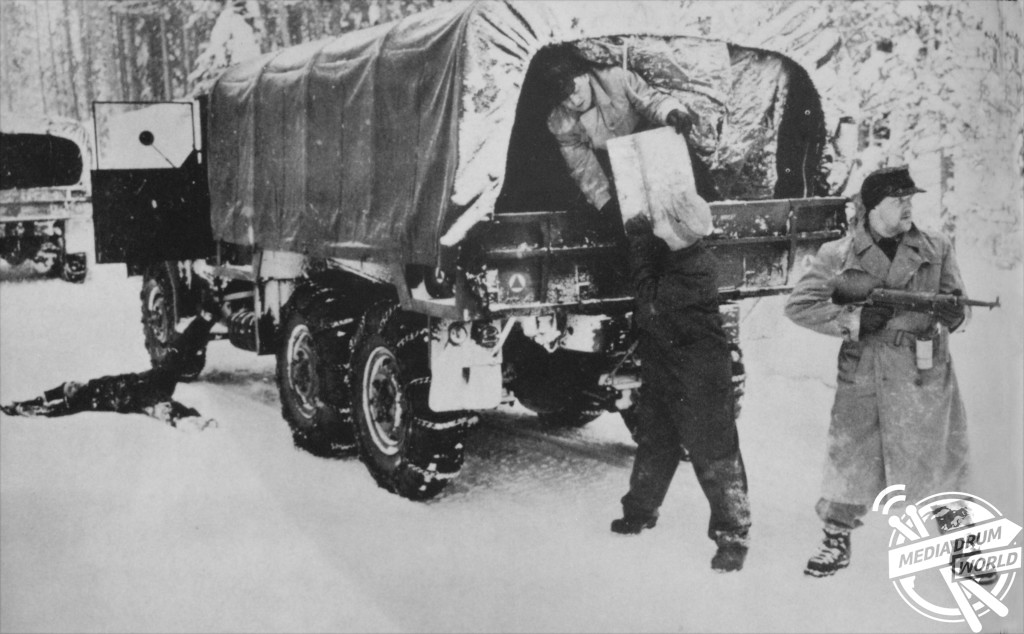
Published by Casemate, Special Forces Berlin by James Stejskal is available to pre-order on Amazon.







